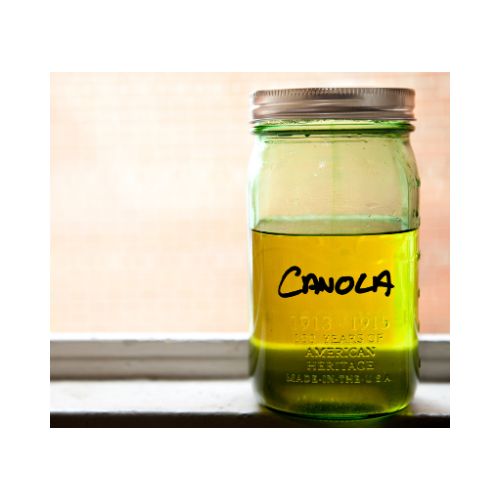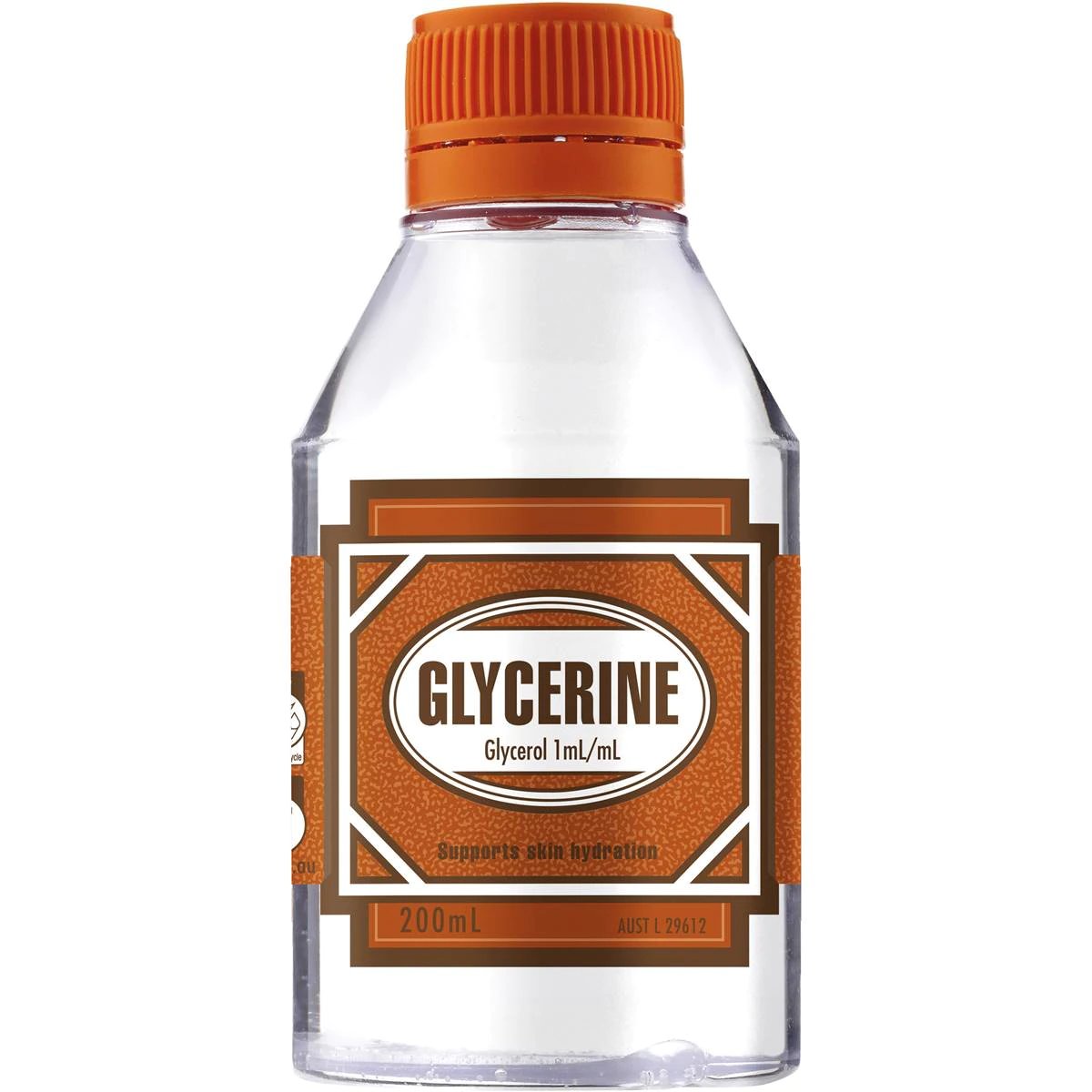With the global effects of climate change becoming a growing concern, a lot more attention is being drawn towards the environmental impacts of the products and services that humans use in their daily lives.
This distress has also started to thread its way into different aspects of soccer.
Nowadays, a lot more press coverage is given to stories about the environmental degradation that’s currently taking place within our sport.
And on the flip side, there is a lot more positive recognition awarded whenever a soccer stakeholder launches a “green” initiative that is meant to promote environmental friendliness and sustainability.
One great case in point is the football club called Forest Green Rovers.
Plying their trade in the fourth division of English football (EFL League Two), the team is regarded by the world football governing body – FIFA – as “the planet’s greenest football club”.
Under the ownership of entrepreneur Dale Vince, the club became the first to be certified as carbon neutral by the United Nations and they have implemented a number of impressive sustainability measures such as:
- Organic turf that’s free of pesticides and weed killers
- Vegan meals for players, staff and travelling fans
- Rainwater capture
- Electric car charging points at the stadium to promote sustainable travel
This naturally leads me on to the topic of today’s article.
Are the soccer balls that we use to play this sport harmful to the wider environment?
Here’s a short summary of the matter…
Soccer ball production typically results in a net negative for the health of the environment. The collection and processing of raw materials used to make them; factory assembly; transportation to warehouses and retail outlets, as well as the difficulty in recycling these products all play a part in damaging the Earth’s overall atmosphere.

Want to test your knowledge on soccer ball care?
Take the quiz by clicking the button below and see just how informed you truly are!
Note - You'll need to enter your email address to see the final results.
























Read on to find out why.
How does soccer ball production impact the environment?
When a soccer ball is manufactured in Pakistan or any another nation, it goes through a distinct product life cycle that affects the wider environment in many different ways.
I’ll now take a closer look at this process.
1. Raw material collection and processing
A soccer ball in its final form is made up of both natural resources as well as man-made materials.
Just think about this for a second.
The rubber that’s used to make the soccer ball’s inner bladder and the leather that forms part of the outer covering has to come from somewhere, right?
Exactly so.
You see, an extraction process is used to gather these raw materials (rubber and leather) from both plant extracts and animal products.
But the process isn’t as simple as that.
What actually happens is once the materials have been gathered, they must be processed and refined before they can actually be used to form the spherical makeup of a soccer ball.
And is this exact processing that places a significant strain on the environment, because non-renewable energy is used to convert these materials into a form that can be used to make the soccer ball.
Even more so, there is pollution caused by the use of such energy, and we also have to contend with the fact that making a soccer ball depletes the earth of its limited natural resources (i.e. trees).
2. Product assembly

Another cause of environmental damage is the factory assembly stage.
Even though a number of soccer balls are hand-stitched, there are millions of balls that go through machine construction.
That in itself involves the use of electricity as the machinery needs power to operate, and other forms of energy use within such a facility cause pollution through the emission of carbon dioxide (CO2) – which is a greenhouse gas.
Greenhouse gases function by trapping heat in the Earth’s atmosphere.
However, when too much of such gases are produced, a detrimental change to climates is experienced, as the heat excess causes natural disasters like melting glaciers, storms along with the depletion of natural wildlife habitats.
And things get even worse with this piece of evidence from Greenpeace.
The 2014 World Cup soccer ball was said to contain nonylphenol ethoxylates (NPEs) – a substance that when released into the environment, causes harm to fish and other aquatic organisms due to the toxic properties of the nonylphenol chemical that is reproduced.
3. Transportation cost

Next up, we have product delivery.
Take a moment to reflect on how soccer balls are shipped in a deflated state to warehouses and other retail outlets across the world.
What was made in the factory has to travel by land, air or sea to get to the customer.
So, imagine all the fuel that trucks, boats, aircrafts and trains need to use to transport these soccer balls to their respective destinations.
Ferrying these goods over long distances causes significant air pollution and contributes to climate change in a big way.
4. Recycling difficulty
Finally, there is a big challenge when it comes to recycling a soccer ball after it is worn out.
This stems from the fact that the materials in a soccer ball are not easy to separate.
It is suggested that in the African continent, an estimated figure of 20 million deflated soccer balls end up sat in the garbage every single year.
As you can see, landfill disposal of these products is a huge concern and that in itself contributes even further to the degradation of the environment’s natural beauty.
How many soccer balls are wasted each year?
Typically, a consumer product will have a beginning and an end.
Which means that out of all the soccer balls that get made every single year, a portion of those will end up being disposed of within that same time frame.
It’s already been documented that in Africa alone, more than 20 million soccer balls find themselves in a landfill.
So, what happens if we were to extrapolate that figure to the other six continents that exist?
Well, we’d end up with a huge total!
I haven’t been able to find an exact figure on the amount of soccer balls that go to waste, but I stumbled upon this report which states that 40 million balls must be produced and disposed of by FIFA each year.
That certainly makes for interesting reading!
Verdict: Are soccer balls eco-friendly?
Even though we’re able to prolong the use of our soccer balls by doing things like storing them correctly when not in use and pumping them up to the correct air pressure levels, the environmental damage is already done before we get our hands on them.
Ultimately, soccer balls are generally not considered as eco-friendly products.
About 30% of a soccer ball is comprised of synthetic leather, a material that plays a part in animal cruelty and child labour.
You only have to look at the negative environmental impact on the animals that have to suffer for this component to be extracted in order to reach the conclusion that soccer ball production is not eco-friendly.
But I’m not going to end this post on a downer!
You can still play a role in environmental sustainability by choosing to buy a great soccer ball from places that are closer to home, as that may decrease the transportation impacts.
Additionally, you can do other things like re-purpose your soccer ball into a flowerpot after you can no longer use it for its main intention.
Finally, you can also look into the few biodegradable soccer ball options that exist!
If you enjoy the content that I create and would like to buy me a coffee, then I’d really appreciate it!
Any money that I earn through this donation will be re-invested into more content for this website.
Additionally, by sending in a donation you’ll also receive a copy of my recently released 190+ page eBook on Soccer Ball Care, as well as be subscribed to our mailing list where you’ll be regularly informed on the latest developments concerning the Soccer Whizz blog.
- Future Icons: Europe’s Emerging Midfield Maestros Set for Glory - December 4, 2023
- Kickstarting a Revolution: How Soccer Transformed the United States Over the Last Four Years - October 7, 2023
- 4-1-4-1 Soccer Formation [Analysis] - September 23, 2023

